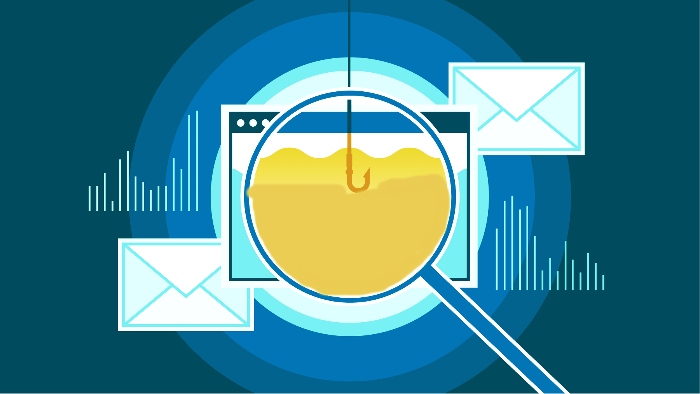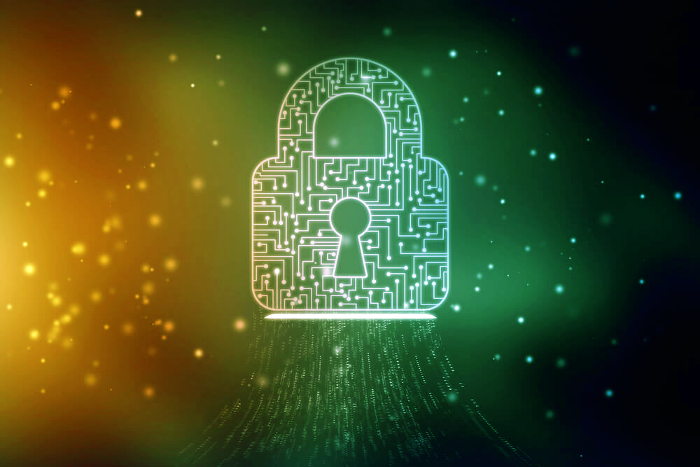A Comprehensive Guide To Preventing Email Phishing
In today's digital age, email phishing has become a common cybercrime tactic that can cause severe damage to both individuals and businesses. The act of phishing involves the use of deceptive tactics, such as fraudulent emails or fake websites, to trick users into providing sensitive information such as login credentials, credit card details or social security numbers.
Once a cybercriminal has this information, they can use it for fraud, identity theft, or other malicious purposes. It is, therefore, crucial to understand how to prevent email phishing attacks and protect yourself and your organization from potential harm.

This comprehensive guide aims to provide you with practical tips and strategies to prevent email phishing attacks. We will delve into the different types of phishing attacks and explore how they target individuals and businesses. Additionally, we will discuss the most effective ways to identify and report phishing attempts to minimize the risk of falling victim to a phishing attack. phishprotection.com is a fantastic site to learn about phishing email prevention.
Understanding Email Phishing
Cybercriminals may use social engineering attacks, in which an email brimming with plausible content is sent to trick a victim. In an email phishing attack, a hacker sends a message that appears to come from a legitimate source, such as a leaked bank, to lure the victim into responding to its actions.
The email often contains either a hyperlink or an attachment that, when clicked or downloaded, installs malware on the recipient's computer or directs the recipient to a fake website where they are asked to enter personal information.
Email phishing scams can be highly complex, using techniques such as spoofing, which involves forging the social occasion of an email to appear more genuine, or spear phishing, which targets a particular person or company.

How To Identify Phishing Emails
- Check the sender's email address: Phishing emails often come from email addresses that are different from the real business's email address. Read carefully the address in the email to be sure there are no spelling errors or peculiar names.
- Look for urgent language: Emails that have urgent language are sometimes utilized in phishing attempts to create a sense of panic, prompting you to respond quickly without thinking. If an email is threatening to close your account or take other actions, it may be a phishing email.
- Check for grammatical errors: Phishing emails are often written in broken English with spelling and grammatical errors. Legitimate companies typically proofread their emails before sending them out.
- Avoid downloading attachments: Phishing emails often contain attachments that may contain viruses. Unless you're expecting an attachment, be wary when you download something from an email.
Preventing Email Phishing
- Be wary of suspicious emails: Any email from an unknown sender or an unexpected email from a known sender should be evaluated for intentions. Check the sender's address is authentic, identify the overall content of the message, and keep an eye out for potentially malicious parts.
- Avoid clicking on links or downloading attachments: Emails that are ostensibly from reputable organizations typically include malicious links or attachments that may install malicious software on your computer or steal your personal information. If you're unsure of the validity of an email, do not click on any links or download any attached files.
- Verify the source: If you are suspicious that an email you have received is fake, validate it by contacting the sender directly via a different channel. Once you are able to prove it's genuine, you can act upon that information in a meaningful way.
- Use anti-phishing software: Anti-phishing software can help locate and prevent phishing emails from appearing in your inbox. These programs may also notify you if you find yourself visiting suspicious websites.
- Educate yourself and others: When you educate yourself and your employees about the dangers of e-mail phishing, it becomes easier to identify, report, and avoid these attempts. Promoting regular training and security awareness campaigns is one way to prevent the execution of successful phishing attacks.

These security tips can help you avoid falling prey to email phishing and keep your sensitive information safe from cyberattacks.
Learn quickly about phishing email and how to avoid them click here
Overall, protecting ourselves from email phishing is vital in today's digital age. As we have discussed in this comprehensive guide, phishing attacks constantly come up with new tactics to steal our information, so it's essential to stay vigilant and educate ourselves on how to recognize and avoid phishing scams. By implementing the preventive measures we have listed, we can greatly reduce the risk of becoming a victim of email phishing attacks.